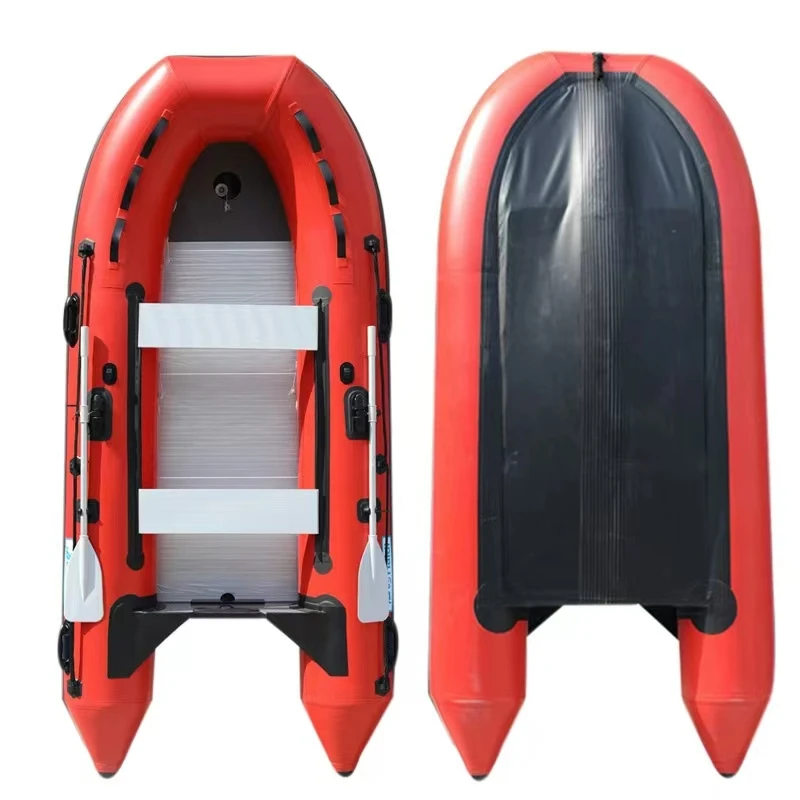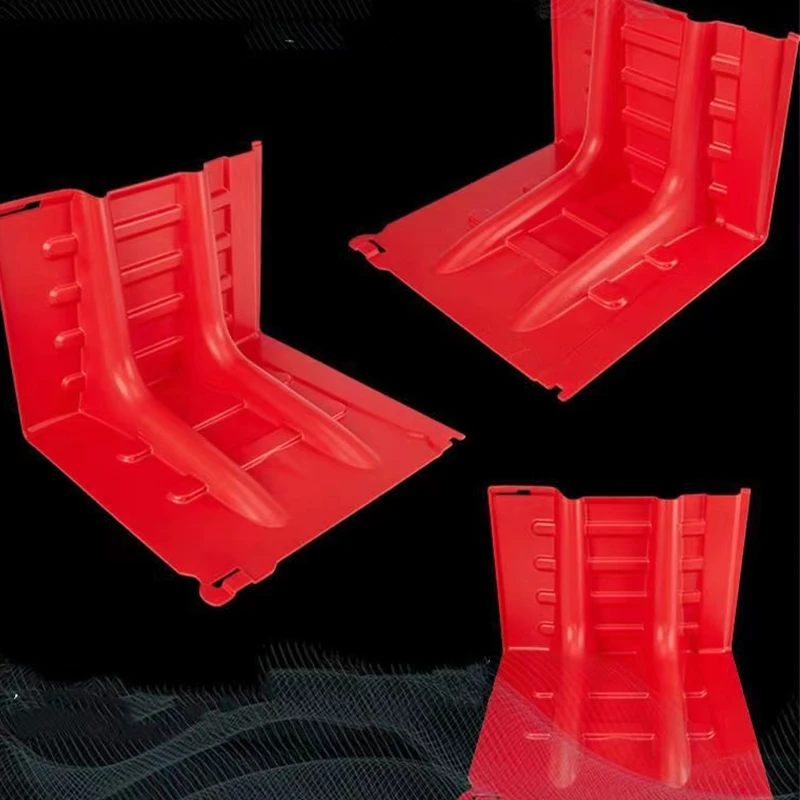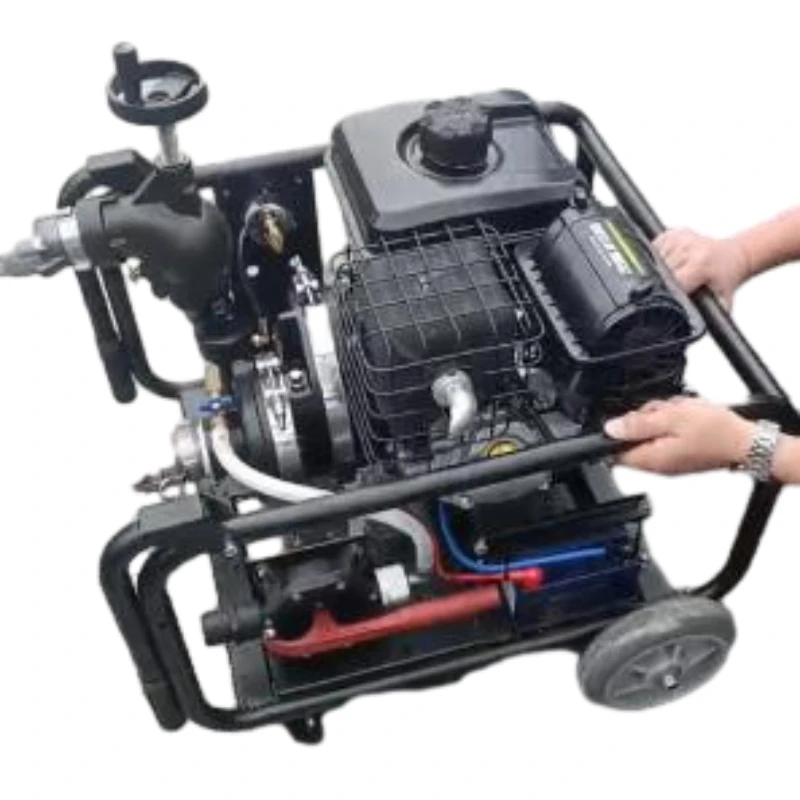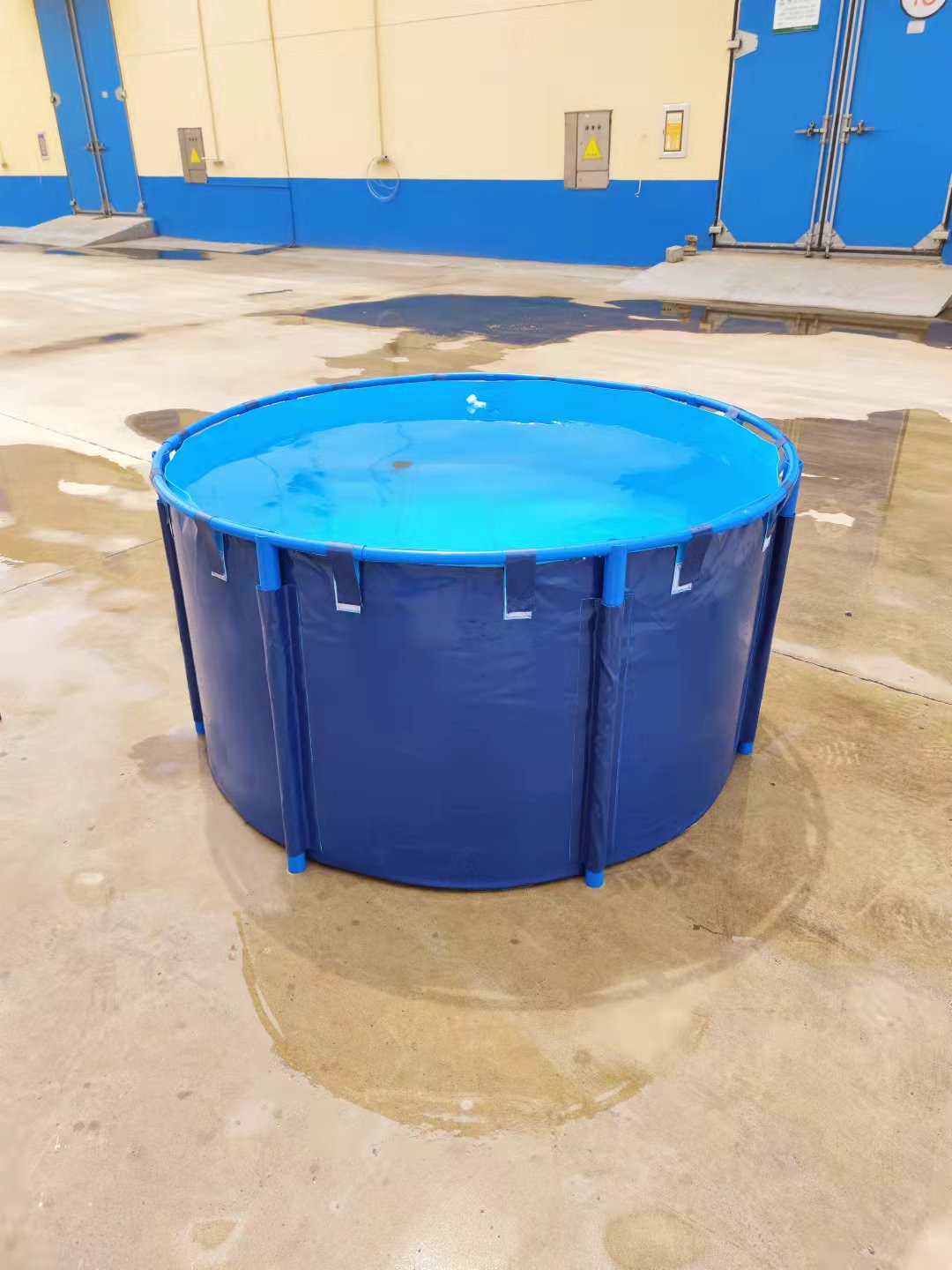Understanding Mobile Water Tanks with Pumps: A Compact Guide
At first glance, a mobile water tank with pump might sound like just another piece of industrial equipment — but its significance stretches globally, touching disaster relief, agriculture, firefighting, and remote industrial work. Why care? Because the simple ability to move, store, and distribute water efficiently can mean the difference between chaos and stability, especially where clean water isn’t a given.
In a world facing increasing water scarcity and extreme weather events, understanding these mobile systems opens doors to smarter resource management, quicker crisis response, and sustainable operations. Plus, they come equipped with pumps, making sure the right water volume flows exactly where it’s needed — no fuss, no time lost.
Mini takeaway: Mobile water tanks with pumps turn water storage and delivery from a static hassle into a dynamic, adaptable solution — crucial for many sectors worldwide.
Why Mobile Water Tanks with Pumps Matter Globally
Consider this: According to the UN (UNO, 2022), over two billion people lack access to safely managed drinking water services. Meanwhile, industries from agriculture to manufacturing and emergency responders all need reliable, mobile water sources. This demand creates a clear problem — how to quickly transport and dispense water in rugged, remote, or disaster-hit terrains?
Mobile water tanks with pumps answer that call by providing a flexible, portable reservoir and distribution method. They help organizations:
- Respond rapidly in humanitarian crises, where water needs spike immediately.
- Support agricultural irrigation in remote fields.
- Assist firefighting teams in wildland or urban interface scenarios.
- Maintain operations in isolated industrial sites where infrastructure is minimal.
Given climate change projections and ongoing global water challenges, these tanks represent frontline tools in both resilience and operational efficiency.
Mini takeaway: These mobile water tanks are pivotal assets in the global struggle for water access and operational agility across multiple sectors.
What Exactly Is a Mobile Water Tank with Pump?
Simply put, a mobile water tank with pump is a self-contained water storage unit mounted on a vehicle chassis or trailer, equipped with a pump system to control water discharge.
These units simplify water logistics by enabling easy transport and controlled flow on site. The pump component is crucial because it provides either pressure to push water out or suction to draw water in, eliminating the need for external power or gravity systems. This makes them stand out from just plain water tanks.
In humanitarian settings, for example, these tanks can be quickly dispatched to supply fresh water to camps. In agriculture, they might irrigate plots too far from fixed infrastructure. Industrially, they ensure machines and cooling towers keep running despite lacking local water sources.
Mini takeaway: The seamless integration of storage and pumping in one mobile unit is what transforms these tanks from simple containers into versatile tools.
Core Components and Important Features
1. Durability of Materials
Most mobile water tanks are made from polyethylene, stainless steel, or aluminum — each chosen for resistance to corrosion, UV exposure, and mechanical stress. Think about a unit parked outside for months on end, exposed to the elements: Material quality directly impacts lifespan and maintenance needs.
2. Pump Performance and Type
Pumps vary by capacity (usually measured in gallons per minute - GPM), power source (electric, diesel, or hand-operated), and pressure output. A well-matched pump ensures consistent water flow whether filling a firehose or irrigating fields, without damaging the tank or wasting energy.
3. Mobility and Maneuverability
These tanks often come mounted on trailers or trucks. The size, chassis type, and wheel configuration influence how easily they can navigate rough terrains or tight urban spaces.
4. Capacity Range
Capacities range typically from 100 to over 5,000 gallons, accommodating various operational needs, whether it’s a quick firefighting run or sustained agricultural use.
5. Safety Features
Overflow protection, secure lids, and pump shut-off mechanisms are essential to avoid spills and accidents, especially in hazardous environments.
6. Compatibility with Water Treatment
Some tanks integrate filtration or chlorination systems to ensure water quality during transport, particularly in humanitarian or medical contexts.
Mini takeaway: The balance of durability, pump efficiency, and portability defines a successful mobile water tank with pump.
Real-World Applications and Regional Impact
Mobile water tanks with pumps see diverse use:
- Disaster relief: In 2023, after severe flooding in Southeast Asia, relief agencies deployed these tanks to deliver clean water where infrastructure was down.
- Agricultural zones: Remote farms in Australia and sub-Saharan Africa rely on mobile tanks to sustain crops during dry spells.
- Firefighting: Fire departments in California use high-capacity trailer-mounted tanks with powerful pumps to combat wildfires where hydrants are scarce.
- Industrial sites: Mining operations in Canada frequently utilize these tanks to supply process and dust control water on-site.
Organizations including UNHCR, World Food Programme, and numerous NGOs endorse these solutions for their versatility and quick setup.
Mini takeaway: The adaptability of mobile water tanks with pumps makes them global tools, embraced by humanitarian and commercial actors alike.
Advantages and Long-Term Value
What’s really compelling about these tanks is how they mix functionality with broader benefits:
- Cost efficiency: Instead of fixed pipelines, one mobile unit can serve multiple sites, reducing infrastructure costs.
- Sustainability: When paired with solar power or efficient diesel engines, they cut emissions while conserving water.
- Social impact: They support dignity and health by delivering safe water quickly, saving lives in crisis.
- Reliability: Hardened designs minimize downtime, an important trait in emergencies.
- Innovative reputation: Companies investing in these technologies signal environmental responsibility and forward thinking.
Emotionally, there’s something reassuring about knowing water can be moved swiftly wherever it's needed — it’s almost like having a safety net for communities and businesses.
Mini takeaway: Mobile water tanks with pumps combine practical returns with social and environmental goodwill — a rare trifecta.
Specification Table: Typical Mobile Water Tank with Pump Model
| Feature | Specification |
|---|---|
| Tank Capacity | 1,000 gallons (3,785 liters) |
| Material | High-density polyethylene (HDPE) |
| Pump Type | Diesel-powered centrifugal pump |
| Pump Capacity | 200 gallons per minute (GPM) |
| Mobility | Trailer-mounted, 2-axle, off-road tires |
| Dimensions (LxWxH) | 14 ft x 7 ft x 8 ft (4.3 m x 2.1 m x 2.4 m) |
| Safety Features | Overflow valves, secure lids, pump auto shut-off |
Comparing Popular Mobile Water Tank Suppliers
| Vendor | Tank Material | Pump Power Source | Max Capacity | Price Range (USD) | Notable Feature |
|---|---|---|---|---|---|
| AquaMobil Ltd. | Polyethylene | Electric | 1,200 gallons | $8,500-$10,000 | Solar-ready pump option |
| HydroWagon Co. | Aluminum | Diesel | 3,000 gallons | $15,000-$18,000 | Heavy-duty off-road chassis |
| ClearFlow Tanks | Stainless Steel | Hybrid (Electric/Diesel) | 1,500 gallons | $12,000-$14,500 | Integrated water treatment system |
The Road Ahead: Innovations and Future Trends
As climate worries grow, the market for mobile water tanks with pumps evolves quickly. Expect to see:
- Green energy integration: Solar-powered pumps and battery storage, reducing dependence on fossil fuels.
- Smart monitoring: IoT sensors track water levels, pump operations, and alert maintenance teams remotely.
- Lighter materials: Advances in composites making tanks easier to tow and less prone to corrosion.
- Modular systems: Where tanks can be linked or separated to adapt capacity as needs change.
Such innovations not only boost efficiency but also align with international sustainability goals like the UN’s SDG 6 (Clean Water and Sanitation).
Challenges and Expert Solutions
Every technology has its speed bumps. Mobile water tanks with pumps often face:
- Risk of contamination if sealing isn’t perfect.
- Fuel and maintenance costs associated with pumps.
- Transport limitations in rough terrain or crowded urban areas.
- Scaling challenges for very large water demands.
To tackle these, engineers suggest:
- Use of food-grade materials and regular sterilization protocols.
- Adoption of hybrid or electric pumps to reduce fuel costs.
- Custom chassis designs tailored to specific geography.
- Networked units that can collaborate to meet larger volume requirements.
FAQ: Frequently Asked Questions About Mobile Water Tanks with Pumps
- Q: How do I choose the right pump capacity for my mobile water tank?
- A: Consider your maximum required flow rate and the distance water must travel. Pumps are rated by gallons per minute (GPM). Matching pump specs to needs prevents overworking the system and wasting fuel.
- Q: Can these tanks be used for potable water?
- A: Yes, but only if constructed with food-grade materials and maintained carefully to avoid contamination. Options with integrated water treatment further ensure safety.
- Q: How quickly can a mobile water tank with pump be deployed in an emergency?
- Deployment speed varies by unit size and transport method, but many can be operational within an hour of arrival, making them ideal for rapid response.
- Q: What maintenance is needed for the pump system?
- Routine checks on fuel, seals, and impellers help maintain pump durability. Regular lubrication and cleaning avoid breakdowns in the field.
- Q: Are there eco-friendly options available?
- Yes — solar-powered pumps and tanks with recyclable materials are increasingly common, reducing environmental footprint while maintaining function.
Conclusion: Why Mobile Water Tanks with Pumps Will Keep Making Waves
Looking forward, it’s clear that mobile water tanks with pumps aren’t going anywhere. Their ability to provide flexible, reliable water solutions across emergencies, industry, and agriculture only grows in importance as global water challenges mount. Investing in these versatile systems isn’t just practical — it’s an act of resilience and hope.
Interested in exploring mobile water tank with pump options tailored to your needs? Visit our website for detailed product insights and expert guidance at mobile water tank with pump.





















